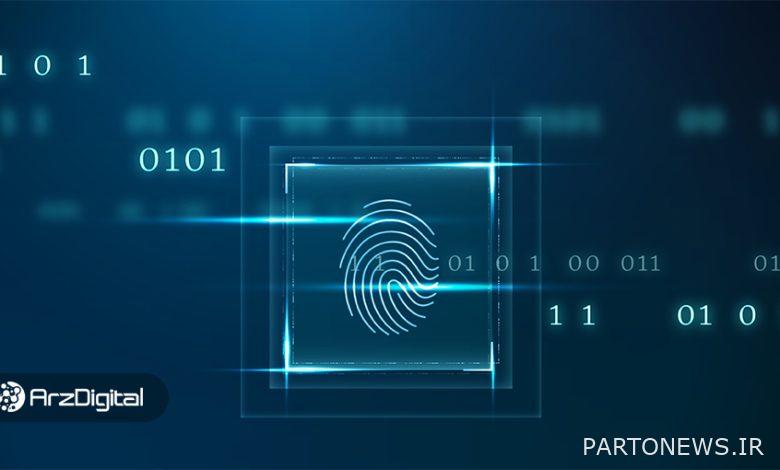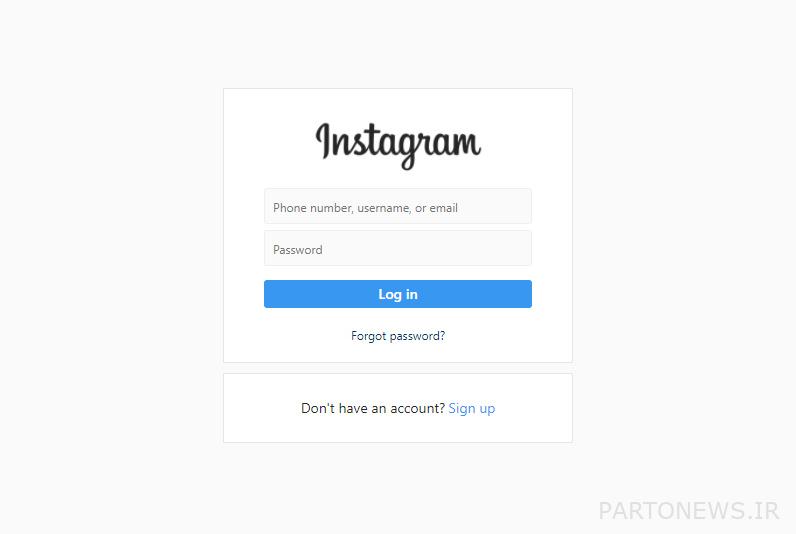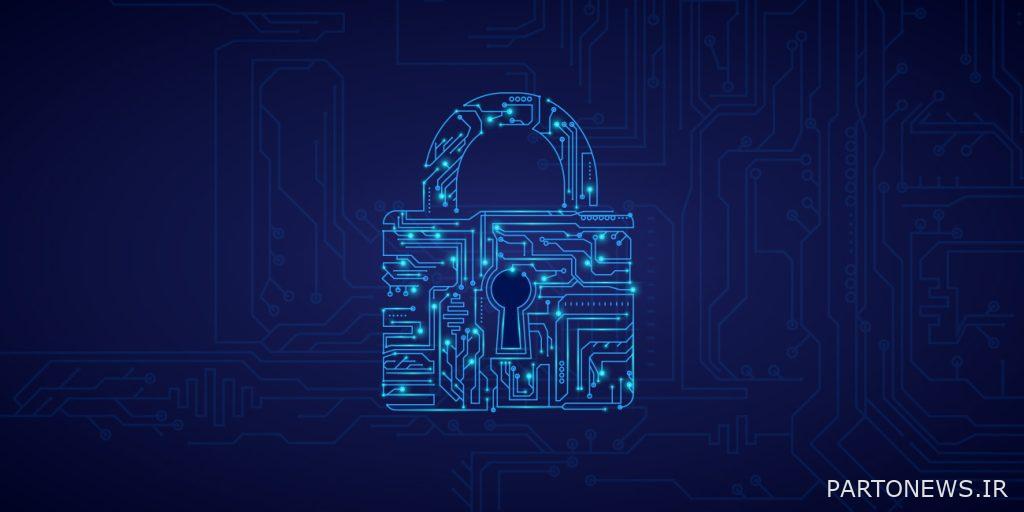Why is digital identity important in Web 3.0?

We are in the period of transition to a decentralized world and digital revolution, and these rapid changes double the necessity of learning the details related to the new generation of the Internet, i.e. Web 3.0. Businesses and ordinary users will gradually realize the advantages of Web 3.0 technology and the growing number of its services. Therefore, due to the expansion of the applications of this new technology and the need for authentication in this system, Web 3.0 has become one of the main priorities in the discussion around the new generation of the Internet.
You must have encountered numerous problems of the current Internet (Web 2.0). Some of these major problems are social media addiction and catastrophic data privacy breaches that have affected users’ digital experiences. The evolution of the Internet with the help of blockchain has introduced the concept of Web 3.0 to the world of technology. This major development will change the basic mechanism and way of working of the current internet and will solve many problems of the current internet.
Now, you may be wondering what role digital identity will play in the evolution of the current Internet to Web 3.0? Digital identity is one of the main elements of Web 3.0 and plays an important role in managing user interactions. In fact, digital identity is the foundation of almost all transactions and interactions in Web 3.0; Including financial transactions and interactions with Metaverse.
In this article, we will examine the basics of digital identity in Web 3.0 and how it works. If you want to learn more about digital identity in Web 3.0, stay with us until the end of the article.
A brief overview of Web 3.0
The answer to the main topic of this article, “Why is digital identity important in Web 3.0?”, will not be understood without referring to the basic explanation of Web 3.0. The origin of the term Web 3.0 began with innovative developments in blockchain technology.
Gavin Wood, co-founder of Ethereum and founder of Polkadot, coined the term in 2014.
Gwyn Wood’s definition of Web 3.0 is a decentralized online ecosystem based on blockchain technology. After some time has passed since this concept was introduced, the web 3.0 space became very popular with the continuous growth of the entry of venture capital, and now we can say that we are at the peak of this popularity. Experts have also welcomed Web 3.0 as one of the best solutions to facilitate the regulation of the web world.
In the meantime, you might ask yourself, what is the need for Web 3.0 with the current Internet? If we take a look at the current problems of the Internet, we will better understand the reason for the importance and need for Web 3.0. In the current state of the Internet, tech giants control where data is stored; But on the contrary, Web 3.0 has eliminated the threats associated with data centralization by removing centralization from data storage.

As always, blockchain technology acts as one of the integral parts of decentralization, in Web 3.0, the task of decentralization is also the responsibility of blockchain. Some of the important parts of Web 3.0 are:
- Non-Fungible Tokens or NFTs: These tokens enable the tokenization of assets and their use for faster verification of ownership of assets in Web 3.0.
- Decentralized Autonomous Organizations or DAOs: This department also helps to create a fundamental change in traditional organizations by providing the possibility of decentralized management of societies. As a result, DAOs can allow Web 3.0 members to participate in important network decisions.
- Defy: Simply put, we can say that Defay democratizes finance. Popular decentralized lending and borrowing protocols are a good example of how DeFi has grown as a vital element of Web 3.0.
Defining digital identity in Web 3.0
Web 3.0 gives power to ordinary users of the network, and this is the main advantage of the new generation of the Internet. In fact, Web 3.0 removes the monopoly and power from large companies and distributes power to ordinary users.
As we mentioned, Web 2.0 relies on a centralized data repository for authentication. For example, if you have to open a bank account on Web 2.0, you need to verify your identity. Banks also usually delegate the task of identity verification to a third-party service provider.
This means that in addition to the bank, a third party can also have full access to the sensitive information of users. Therefore, it can be said that in Web 2.0 there are no specific restrictions on who can access your data and where your data is stored.
On the other hand, in Web 3.0, digital identity verification using blockchain technology helps to avoid the problems of centralized authentication systems. Web 3.0 solves the problem of storing private information in the centralized authentication process. In addition, the review of identity theft cases that have occurred so far has proven that centralized authentication mechanisms are not immune from data theft either.
Will authentication in Web 3.0 solve these problems? Yes, but how? The most important point is that digital authentication in Web 3.0 is done in a decentralized manner and during this process:
- Users have complete control over their data without relying on centralized agencies such as private institutions, corporations, and governments.
- Users can create digital identities based on their real identity; But their anonymity in the system is guaranteed.
- One of the important points of digital identity in Web 3.0 is to observe the principles of security, freedom and privacy.
- Web 3.0 digital identity system provides all necessary prerequisites for revolutionizing the traditional approaches of interacting with the Internet.
What are the important problems of digital identity?

If we want to provide a basic definition of digital identity, we should say that digital identity refers to a specific set of digital information about a person or organization or even an electronic device. A digital identity is an effective tool for licensing access to digital services and products, and typically includes the following:
- user name
- Activity history
- IDs required for digital signature
- History of social media
Most digital identity management systems either take a centralized approach to identity management or use a federated (centralized) approach. A centralized identity management system involves a specific organization that takes control of the storage and management of all digital identities in a centralized location. The information required for centralized digital authentication usually includes username and password.
The necessity of digital authentication in Web 3.0 is determined by evaluating common issues in centralized digital identity management systems. Some of the important issues regarding centralized digital identity are:
- Users must manage different login credentials for each website and application individually.
- Centralized storage systems of users’ identity information can create an attack point for hackers and, as a result, lead to data leakage. Many examples of information leaks in the recent past have shown devastating effects on users’ personal data.
The need for blockchain-based solutions to solve the problems of centralized identity management systems, including the storage and use and sharing of personal data, is clearly evident. Also, due to the possibility of centralized institutions accessing user data, the lack of privacy in centralized identity management systems is obvious. So in the current system, centralized institutions can easily track people’s online activities.
It goes without saying that the problem of needing to repeat identity verification in different applications can be solved through a federal or central identity system. A central authentication system is a system that allows users to access multiple programs by issuing a single credential. For example, you can use your Facebook or Google account to sign in to another website or app.
Meanwhile, the important question is, when central identity systems are established, what is the need for digital authentication in Web 3.0? The answer to this question leads us to the following problems that are evident in federated identity systems:
- The connection between multiple data sources with centralized identity management systems creates more vulnerable points for data breaches.
- Sharing user information with third parties can jeopardize users’ privacy and security.
Authentication in Web 3.0 and solving problems related to digital identity
So far, with a detailed review of the problems related to digital identity in centralized systems, we realized the importance of digital identity in Web 3.0. Next, we will see how digital authentication in Web 3.0 can solve the problems of centralized identity management systems with its own capabilities:
- In Web 3.0, it is possible for the normal user or organization to have complete ownership and control over their data.
- The possibility of decentralized data storage in Web 3.0 authentication ensures better security compared to centralized identity management systems.
- Users can log in with credentials to securely log into various apps and websites. Therefore, the user experience with digital identity management in Web 3.0 is simple; Because you don’t need to manage multiple user accounts and passwords.
- Another important benefit of digital authentication in blockchain refers to privacy protection. Users can verify their identity without revealing sensitive information such as name or address or bank account number.
How digital identity works in Web 3.0
The benefits presented in Web 3.0 digital identity represent ideal approaches to change the way identity is managed. In Web 2.0, we need centralized digital identifiers such as email, password, username and other sensitive information to access applications and websites. However, these identifiers create many vulnerabilities in the system.
What solution does digital identity offer in Web 3.0 to solve these problems? Three distinct elements, namely decentralized identifiers and blockchain technology and verifiable credentials, are the Web 3.0 solution to these problems, which we will discuss further.
Decentralized identifiers
Decentralized identifiers, or DIDs, are exclusive sources of proof of your online identity without relying on a centralized authority. You can store unique, verifiable and permanent identifiers in blockchain networks. In fact, decentralized identifiers serve as the foundations of digital identity in Web 3.0; Because you can prove your identity without revealing personal information.
Web 3.0 applications can also use decentralized identifiers to verify your identity while providing better control over your personal information. You can also determine who can access your personal information.
Credentials can be verified
Another critical aspect of digital identity functionality on the blockchain is verifiable credentials, or VCs. A verifiable credential is an encrypted digital and physical credential that can verify a user’s identity. Some popular IDs you can use as verifiable credentials include driver’s licenses and employment certificates and digital passports.
Blockchain technology
Most discussions about digital identity in Web 3.0 draw attention to the role of blockchain technology. Blockchain provides a digital record of transactions without being recorded in any centralized authority; As a result, users will have more control over the use of their personal data. In addition, blockchain solves the problem of having a point of failure in centralized identity management systems.
Web 3.0 identity applications show how important this type of authentication is to the growth of Web 3.0. Organizations can use Web 3.0 IDs to improve data security and ensure a better user experience while ensuring privacy. In return, users can enjoy the benefits of flexible access and improved security along with better control of their data. The authentication process in Web 3.0 can help to create immutable identities and open new doors to access metaverse platforms.
Conclusion
Improving digital identity management systems using Web 3.0 will bring many benefits to users and organizations. As the world prepares to adopt Web 3.0, digital identity in Web 3.0 can also play an important role in building trust in Web 3.0 applications. In fact, digital identity will act as a single key for users to access the Web 3.0 ecosystem.

